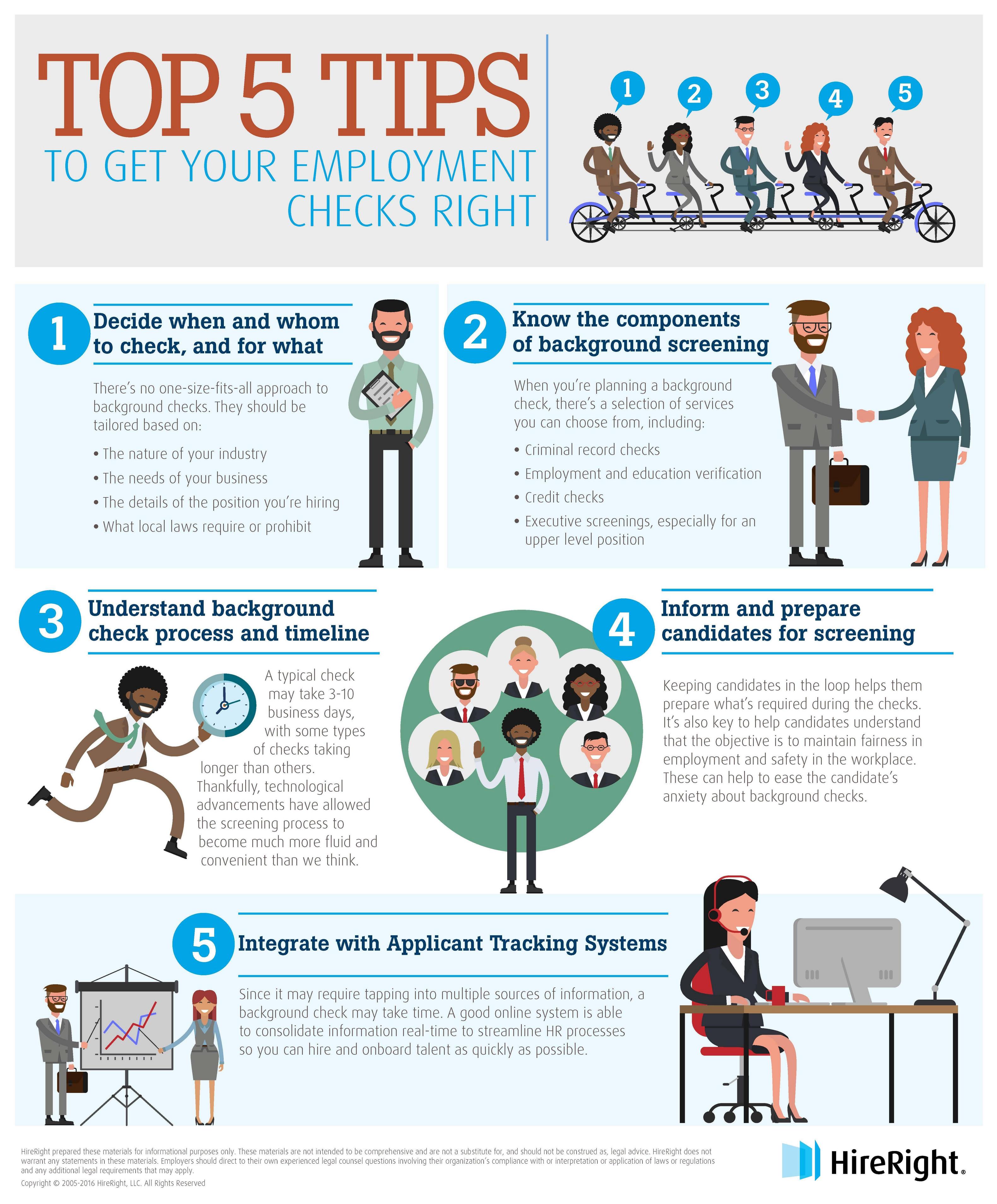
When setting goals for employees, it's important to have clear expectations. This makes evaluations more objective and less ambiguous. Employees can also understand what is expected and how they should work towards achieving them. One example: You might assign a weekly goal to your sales rep so that he or she schedules two appointments per week. Next, determine the behavior that will lead you to these appointments.
SMART goals have measurable outcomes
Define SMART goals clearly for employees is the first step to creating them. They should be clear and have clear markers for success. Lack of clarity can be a deterrent for SMART goals. Make sure markers are visible at work. An example would be to set a goal for improving efficiency in the office by five percentage. Employees will be motivated by clearly defined goals and will be able track their progress against them.
It is crucial to establish a time frame when setting SMART goals. Once you've established a timeframe, you can assign tasks for your team members. This will allow you to monitor workloads and identify potential bottlenecks. You will find your team more capable of focusing their time, avoiding overwhelm, and reducing stress. A SMART Goal will also help you to identify the resources needed to reach your goal.
Time-bound
It is important to set time-bound goals for employees when goal-setting takes place in the workplace. Employees can be motivated and helped to understand their limitations by setting deadlines. Also, it is crucial to set realistic goals. Unobtainable goals can lead to demoralization and lower employee motivation.

These goals should be specific, measurable, achievable and time-bound. They must be related to the organizational goals as well as the development goals of employees. A team will feel more urgent if the goals are time-bound. Time-bound goals are easier to achieve and less likely will be lost in the face of changing business needs.
Achievable
Motivation is key to employee engagement. These goals must be challenging, but achievable, based on available resources. It is important that these goals are not purely financial in nature. It is important to share a vision and encourage passion for the company's purpose and future. This will inspire and motivate employees.
Be aware of your employee's workload and available resources when setting performance goals. Given their sales ability, a goal of 8 per cent may not be realistic if they are in charge of sales. If salespersons can achieve only a 4% increase, a goal of 8 percent may be too ambitious. Look at what others in their position have done in the past, especially if they're new to the business.
Relevant
Setting goals that are relevant to employees is a key part of career development and employee growth. It is essential to be competitive and current in today's market. Employees need to keep up with the latest technical skills and best practices. It is not an easy task as employees often have multiple responsibilities, making it difficult to maintain a healthy work-life balance.
The organization's vision and mission should guide the setting of goals for employees. The goal of setting goals for employees can not only motivate them but it can also help the company grow. You could, for example, set goals to increase sales by setting cross-cultural fluency, efficiency or productivity. It is possible to make the goals relevant to the company's business needs and still improve your business.

Manager and employee work together to set goals
Setting goals is a powerful way to motivate employees and provide them with feedback on their work. They give employees ownership and help managers to understand their employees' work. Setting goals creates trust between employee and manager, and fosters a positive company culture. Employees who feel aligned to the larger goals of the company can be more loyal and productive.
Both the employee and manager must agree on goals and communicate them clearly in order to achieve them. Meeting regularly with both parties to review and revise goals should be done after they are established. This way, they can clarify roles and identify new actions that will help them achieve their common goals. Managers need to let their staff know they take part in goal-setting. They should also reinforce them when needed.